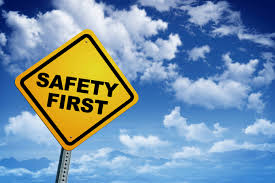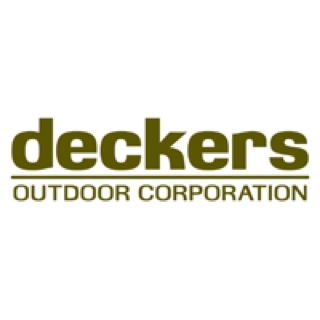Title Page
-
Microwave Emissions Testing Certificate
-
Client
-
Location
-
Job Number
Test Equipment Details
-
Test Date & Time
-
Test equipment used:
-
Calibration date:
-
Units tested at this time
- 1
- 2
- 3
- 4
- 5
- 6
Test Summary Details
-
Test unit
-
Microwave Asset or ID number & location
-
Brand.
-
Model.
-
Serial number.
-
Please provide asset or ID number of microwave being tested .
-
Is this unit required to be registered with the state of NJ per NJAC - 7:28-48.3c [ non food service commercial unit ]
-
Has this microwave been registered with the state of New Jersey as required?
-
Date and State registration number [or receipt number]
-
The surface of the door is not damaged, the door fits squarely, securely and opens & closes smoothly?
-
The door hinges are in good condition?
-
The oven is clean and in particular the door edges and inner surrounds clean and free from debris and corrosion ?
-
Line voltage during test.
- less then 110v
- 110 to 120v
- above 120v
- less then 220v
- 220 to 235v
- above 235v
-
Type of test.
-
Microwave leakage results:
-
Explain Test results
-
Test Results:
-
Retest Date
-
Line voltage during retest.
- less then 110v
- 110 to 120v
- above 120v
- less then 220v
- 220 to 235v
- above 235v
-
Retest Results:
-
Explain Retest results
Sign Off
-
Name and Signature of Tester
-
This is to certify that the electrical appliance detailed in the attached record have been tested for electrical safety in accordance with the Institute of Electrical Engineers Code of Practice.
-
These Records should be kept safe so they can be produced if requested by Health & Safety or Local Inspectors
-
Notes:
-
Add drawing
General Information:
General Microwave Oven Information
-
All Commercial, Technical & Laboratory Microwave Ovens Must be Registered with the State of New Jersey Yearly [ Fee required ] and Tested Yearly unless exempt
All yearly testing must be Documented and kept available as needed.
per NJDEP NJAC - 7:28-48.3c -
A Microwave oven should only be used if an yearly inspection confirms all of the following points;
The surface of the door is not damaged.
The door fits squarely and securely and opens and closes smoothly
The door hinges are in good condition.
The oven is clean and in particular the door edges and interior surrounds
No corrosion is evident -
Precautions for Radiation Safety in the use of Microwave Ovens.
Follow the Manufacturer"s Instructions or Recommended Operating Procedures and Safety Precautions
Never Tamper with or Inactivate any Interlocking Devises.
Never use the oven without the racks / trays provided.
Never Operate the oven without a Load in the oven cavity.
Never rest heavy objects on microwave or door.
Keep oven Cavity and door seal surfaces clean [use water & mild detergent] Never use abrasive pads etc. -
Precautions for safe use of Microwave Ovens: Standard testing Requirements [21 CFR 1030.10] are " The Microwave Leakage at any point 2 inches from the external surface of the appliance shall not Exceed 5mw [milliwatts] per square Centimeter" [ microwave energy decreases dramatically as you move away from the source, a reading 20" away would equal 1/100th of the value @ 2"
This Recommended limit is Conservative and includes significant safety factors so even leakage levels appreciably above the limit will have no known effect on HUMAN health.
All Microwave Ovens Have at least 2 Safety Interlocks which stop the generation of Microwave Energy Immediately if the door is open
Extensive Research has Provided no Substantiated Evidence that Microwave Exposure at any Level either Causes or Promotes Cancer. -
While there is no Requirement for Recurrent Testing of Non Commercial Microwave Ovens, Regular Visual Inspections are Recommended
-
Do not attempt to repair or modifications to the electrical or mechanical systems of any Microwave Oven
When a unit is suspected to be faulty it should be at once disconnected from power & locked out approved using lock out procedures.
Any irreparable Microwave oven shal be made inoperable by cutting the plug off











